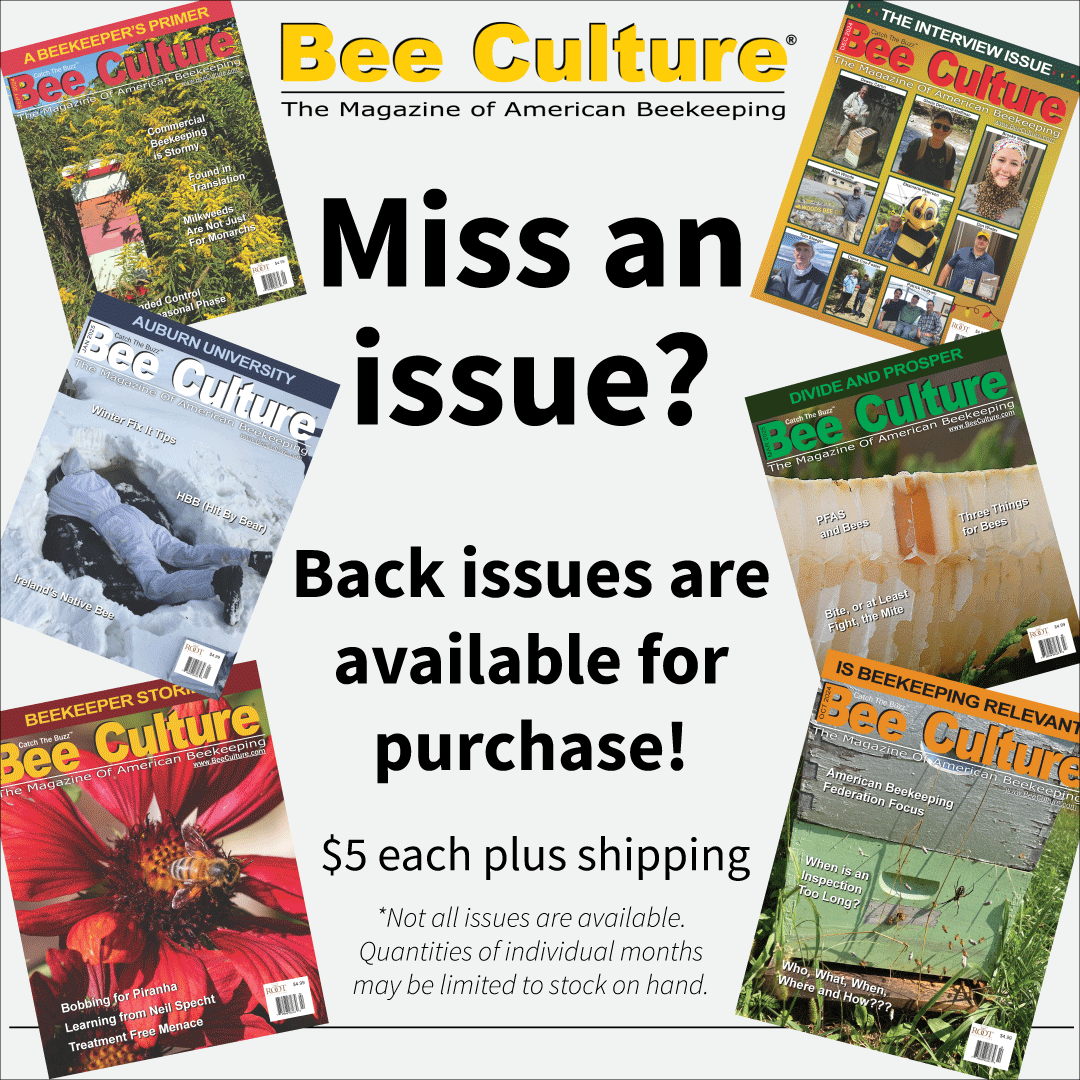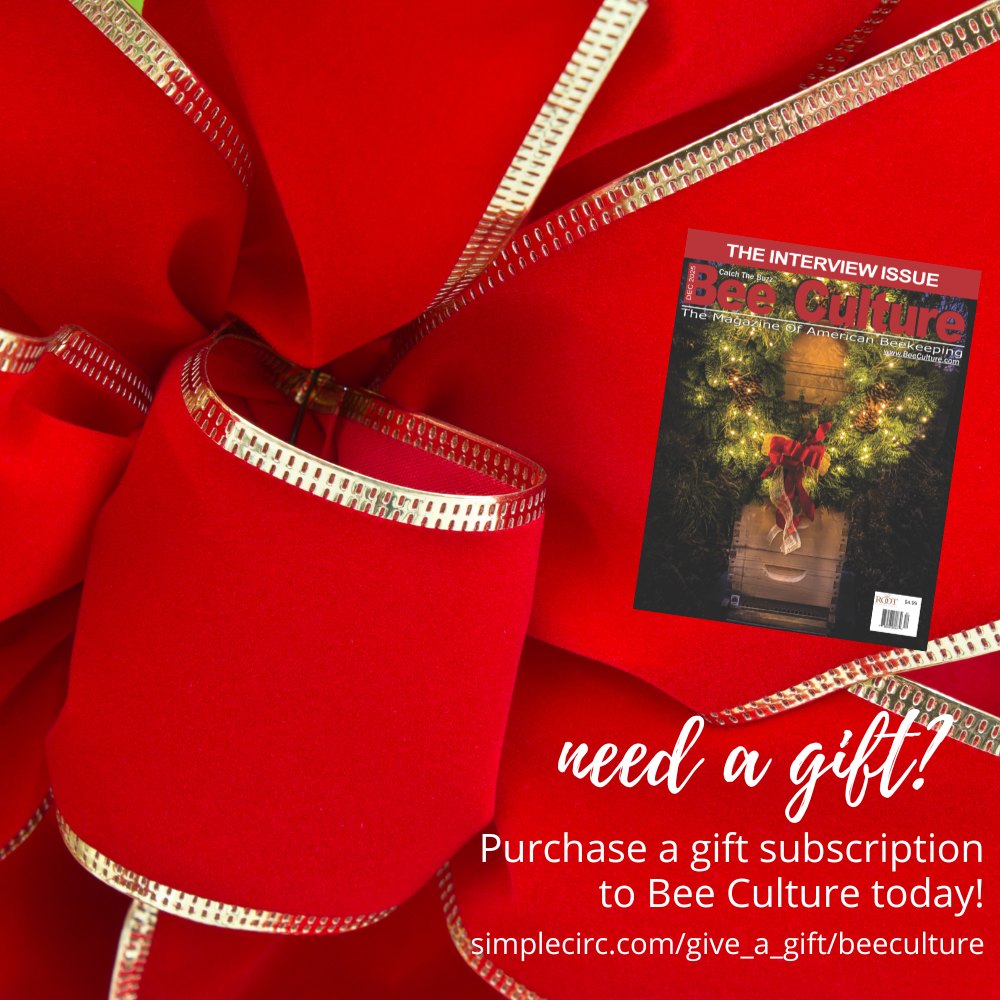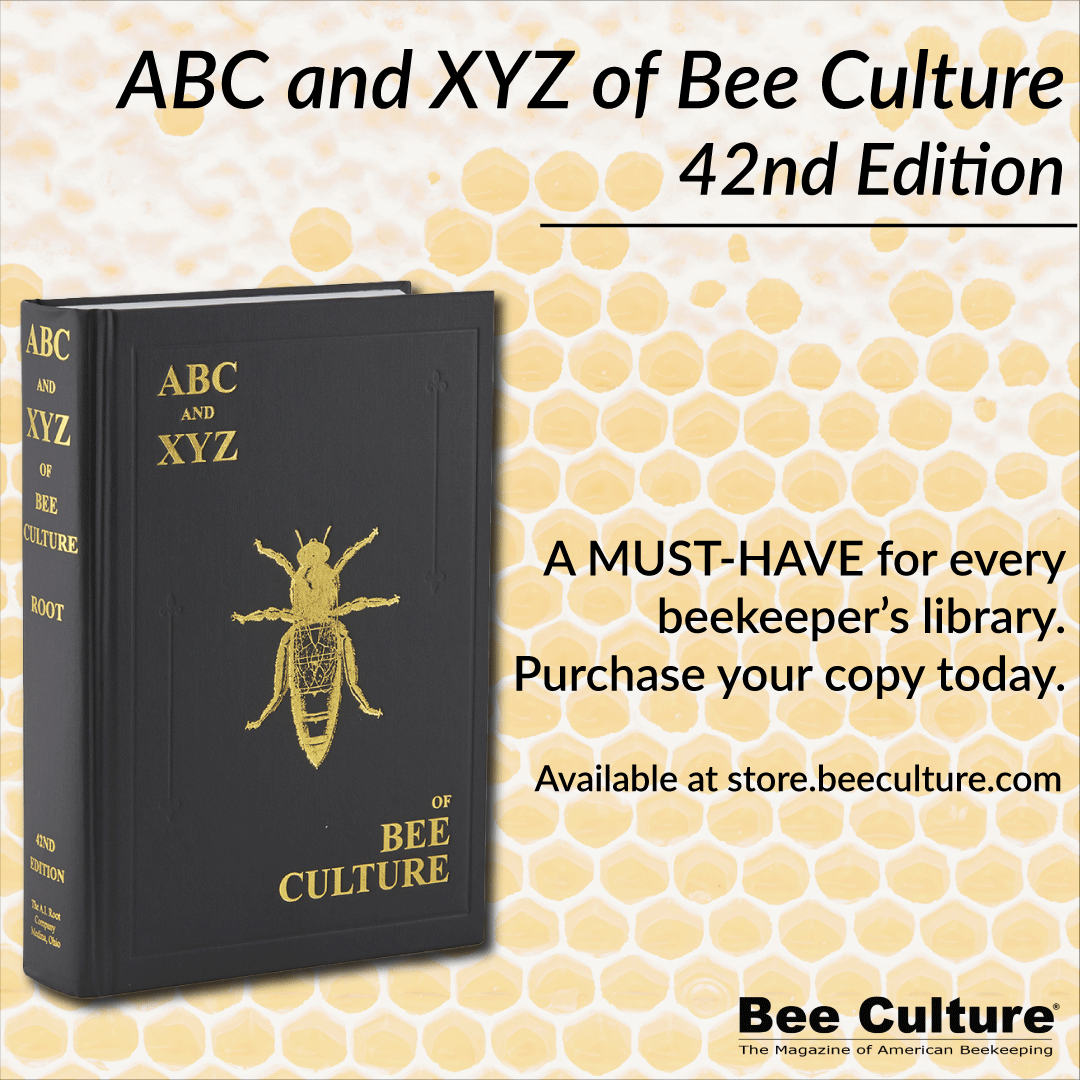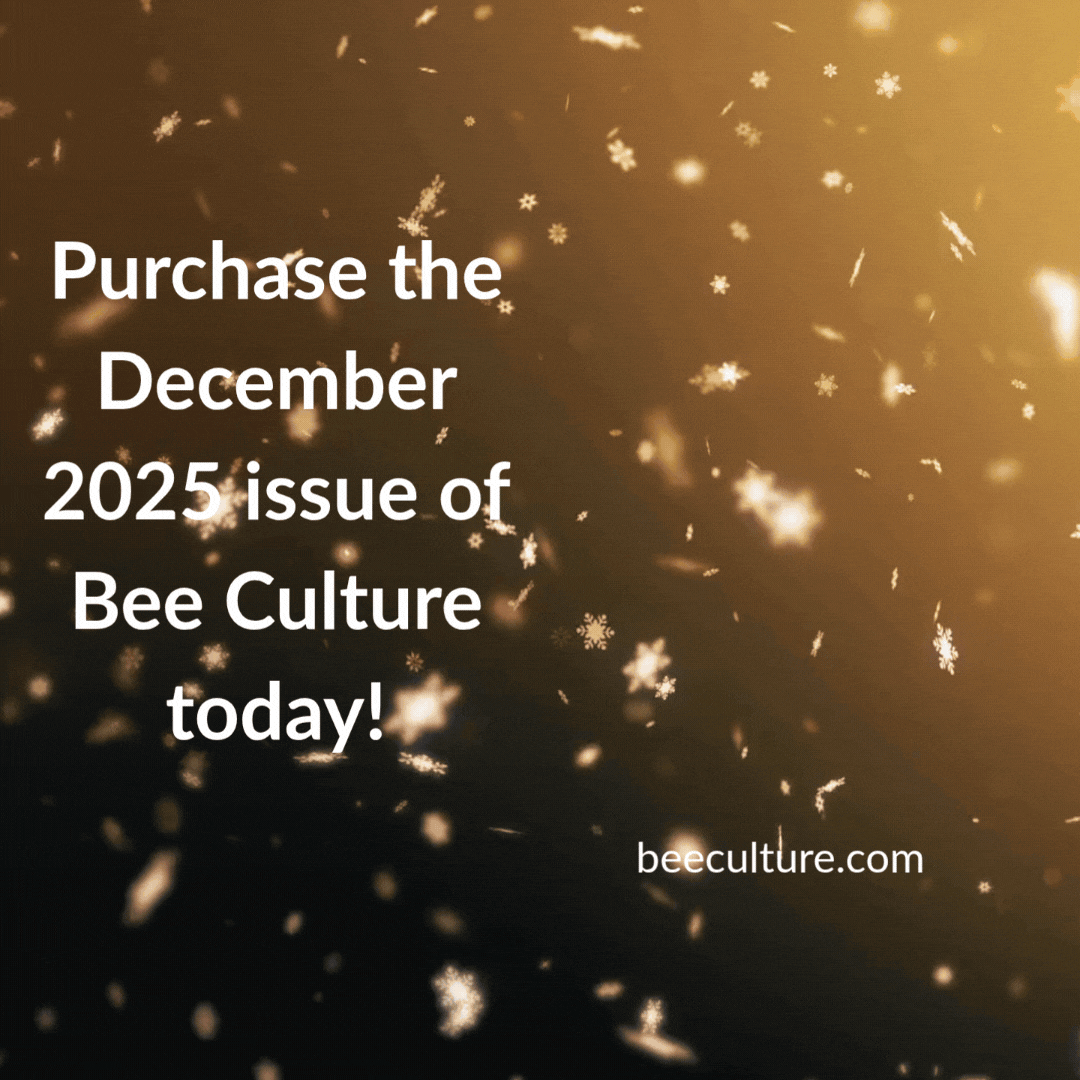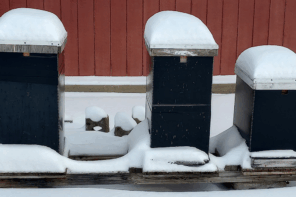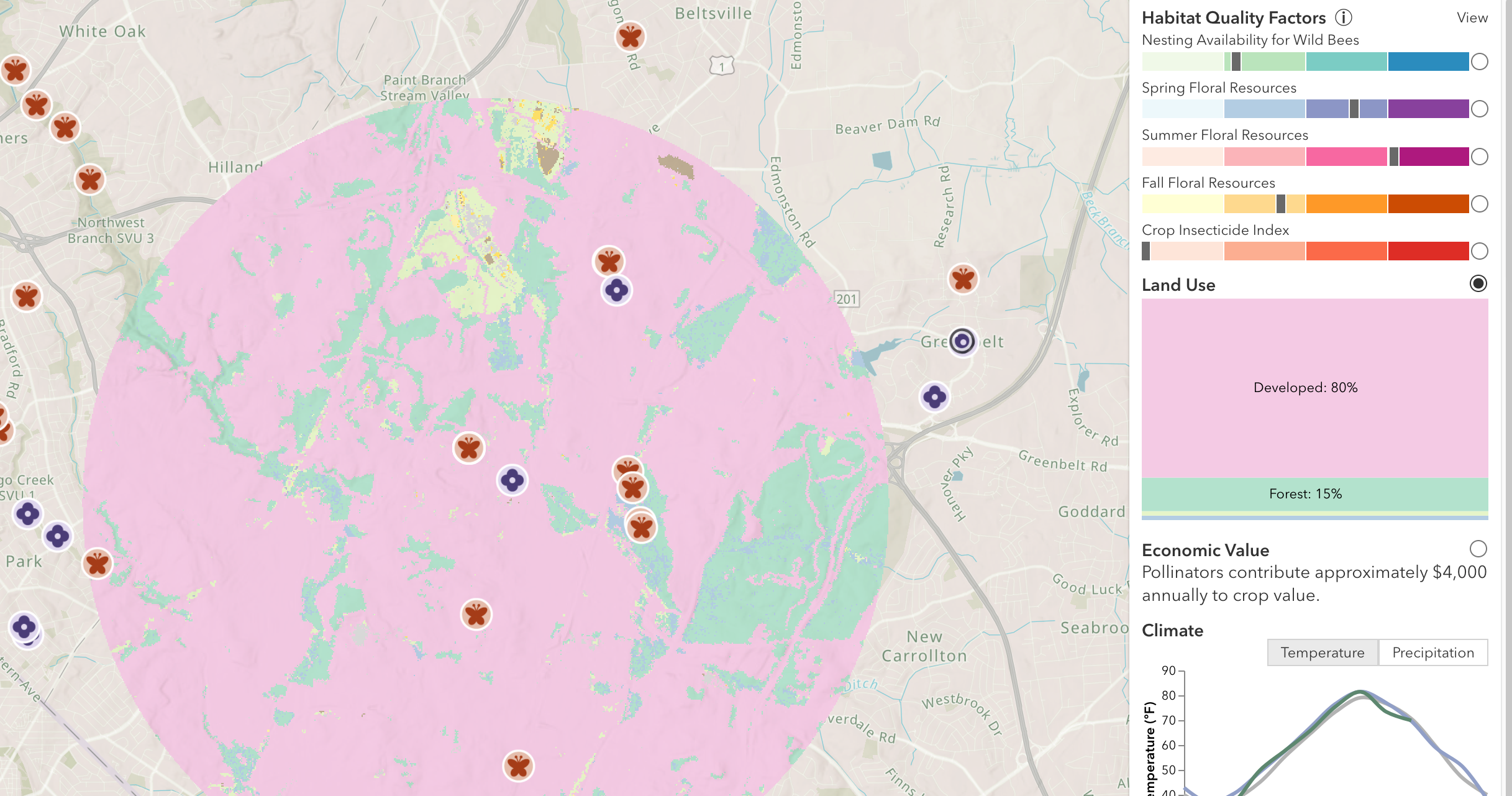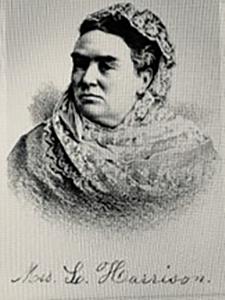 Lucinda Harrison of Peoria, IL
Lucinda Harrison of Peoria, IL
Nina Bagley
Mrs. Lucinda Harrison of Peoria, IL followed in Mrs. Tupper’s footsteps (to read about Mrs. Tupper, see the August 2022 issue of Bee Culture). Mrs. Harrison, like Tupper was widely known for her writings in Gleanings in Bee Culture Magazine. When Mrs. Ellen S. Tupper was arrested in 1876, the bee journals canceled Mrs. Tuppers columns, and Lucinda Harrison saw the opportunity to write for Gleanings in Bee Culture, which was her passion, especially telling stories about her experiences in keeping bees. Her articles were published in the Ladies Department and Juvenile Department for Gleanings in Bee Culture.
Lucinda Richardson was born in Coshocton, Ohio on November 21, 1831. Her father, Alphens Richardson, and his wife Lucy moved their family to Peoria, Illinois in 1836. They moved to a territory occupied by the Peoria Indian tribe and were among the first families to pioneer the land. Public schooling was underdeveloped at the time and her education was limited, however Lucinda’s parents gave her the best education, which was close to what the private schools provided at the time. Lucinda’s brother, Sanford, was nine years older than her. He was one of the first students to graduate from Knox College in Galesburg, IL. Her brother, being a teacher at the academy, enabled her to attend the academy for a year. Harrison “found teaching a way of support and self culture”. In 1855, she married a prosperous farmer named Robert Dodds of Woodford Co, IL. She went from being a teacher to farmer’s wife, but unfortunately he died after two years, leaving Lucinda a widow at the age of twenty-five. Lucinda eventually remarried in 1866 to Lovell Harrison, one of the substantial citizens of Peoria. Lovell’s father was a prominent doctor in Peoria, Illinois. Lovell Harrison was a horticulturist in the business of growing fruit trees. Lucinda Harrison engaged in amateur cultivation of small fruits. She was not in the best of health and felt it necessary to have an outdoor occupation with fresh air and sunshine.
Mrs. Harrison describes her ranks into the entrance of beekeepers, “In 1871, while perusing the reports of agriculture, I came across a flowery essay on bee-culture, from the graceful pen of Mrs. Ellen Tupper. I caught the bee-fever so badly that I could hardly survive until Spring, when I purchased two colonies of Italians of the late Adam Grimm. The bees were in eight frame Langstroth hives, and we still continue to use hives exactly similar to those then purchased. I bought the bees without my husband’s knowledge, knowing full well that he would forbid me if he knew it. And many were the curtain lectures I received for purchasing such troublesome stock. One reason for his hostility was that I continually kept pulling the hives apart to see where the bees were at and kept them on the warpath. Our home is on three city lots, and at that time I commenced in bee-keeping our trees and vines were just coming into bearing. Meeting with oppositions made me more determined to succeed.” “Nothing succeeds like success”, she added. (She had been the editor of the Prairie Farmer since 1876, but it was writing for Gleanings in Bee Culture and the American Bee Journal that she gained a national reputation.)
Mrs. Harrison traveled first class by train to attend several Bee Conventions in Kentucky, Louisiana, New York City, Detroit and Beirut, Syria! After each convention, she would write her story with vigor and originality. Mrs. Harrison was an uncompromising and forthright, candid woman. She held A. I. Root to account in1881. “We entered the hall at Lexington, Kentucky, where the convention was in session; we looked to see who was present that we knew. Failing to see A. I. Root, we thought it takes time and money to attend conventions; and while we are here working to promote interest in bee culture, he is at home making money… We beat the bushes, while he catches the game!” She had candor and wrote about subjects concerning women and bee culture such as, “What I Saw In Central Park,” “Some suggestions for Bee-keeping Women to Avoid Moving Heavy Hives in Swarming-Time,” “The Reason Why Honey Doesn’t Sell” and “Suggestions On Who Should Keep Bees.” Although they were childless, Mrs. Harrison had been a mother to several orphan children. With cultivation of small fruit trees and her articles in Gleanings in Bee Culture, she was eminently successful.
Mr. A. I. Root writes, “Mrs. Harrison never wavered in her determination to know about honey bees.” For a number of years, she ran 100 hives but was unable to attend to the bees due to poor health. Family matters eventually wore on her after several years, so finally her husband started helping her, and agreed with her that the fresh air can add ten years to one’s life. She credits beekeeping with “making life more enjoyable, opening a new world and making her more observant of plants and flowers” in the 1891 edition of ABC and XYZ of Bee Culture. Mrs. Harrison has a place of honor in the ABC and XYZ of Bee Culture; she is mentioned under “Biographies of Noted Bee-Keepers”. Her picture is amongst the prominent men in beekeeping: Langstroth, Quinby, Grimm, Cook, Mason, Root, Doolittle, Elwood and France, among others. Mrs. Harrison and her husband both passed away in 1904. Her headstone is engraved, “Lucinda Welch Harrison, Wife of Lovell Harrison 1831-1904, Faithful unto death”. She was laid to rest in Peoria, IL. Lucinda Harrison, the lady whose name stands prominent among the successful bee-culturist of the present times is still being talked about for her contributions to Bee culture, and for encouraging women to keep bees successfully. May she continue to rest in peace among the bees and flowers, which she loved so much.
Ohio Queen Bee
Nina Bagley
Columbus, Ohio


